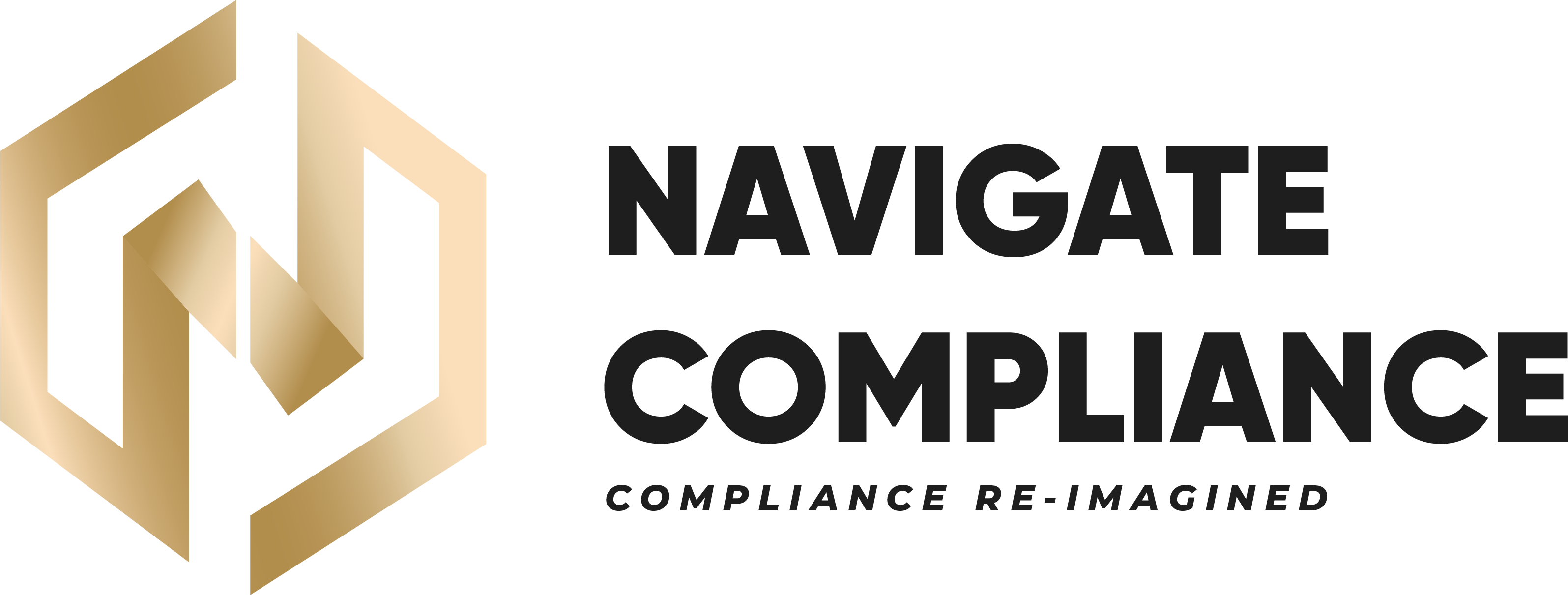Unpacking the ISO 37301 Compliance Standard
The ISO 37301 compliance standard is a compliance management system standard developed by the International Organization for Standardization (ISO). It provides guidelines and requirements for establishing, implementing, maintaining, and improving an effective compliance management system within an organization.
The ISO 37301 compliance standard outlines the key principles and elements that organizations should consider to effectively manage compliance with legal and regulatory requirements, as well as internal policies and standards. It aims to help organizations take a proactive approach to compliance, identify and assess compliance risks, and implement appropriate controls and measures to ensure compliance.
The standard emphasizes the need for a compliance culture within the organization, promoting ethical behavior, accountability, and transparency. It encourages management commitment and leadership involvement in compliance efforts, placing importance on strategic planning, risk management, and compliance performance evaluation.
Some key components of the ISO 37301 compliance standard include:
- Compliance policy and objectives: Establishing a compliance policy that defines the organization’s commitment to compliance and sets clear objectives to guide compliance efforts.
- Compliance risk assessment: Identifying and assessing compliance risks and prioritizing them based on their potential impact on the organization.
- Compliance controls and measures: Implementing controls and measures to mitigate compliance risks and ensure adherence to legal and regulatory requirements.
- Compliance communication and training: Developing processes for effective communication and training to raise awareness, educate employees, and promote compliance throughout the organization.
- Compliance monitoring and reporting: Establishing procedures to monitor compliance performance, detect non-compliance, and report on compliance activities to relevant stakeholders.
- Compliance audit and review: Conducting regular audits and reviews of the compliance management system to evaluate its effectiveness and identify areas for improvement.
By implementing the ISO 37301 compliance standard, organizations can enhance their compliance management practices, ensure legal and regulatory compliance, mitigate compliance-related risks, and demonstrate their commitment to ethical business practices.
It’s important to note that ISO standards are voluntary and organizations can choose to adopt and implement them based on their specific needs and objectives.
In the ISO 37301 compliance standard, the role of the board of directors or governing body is crucial in ensuring effective compliance management within an organization. The board provides oversight, sets the tone at the top, and establishes the compliance culture throughout the organization.
Here are some key aspects of the board’s role in compliance, as outlined in the standard:
- Leadership and Commitment: The board should demonstrate leadership and commitment to compliance by establishing a compliance policy, objectives, and ethical values that guide the organization’s overall compliance efforts. They should ensure that compliance is integrated into the organization’s strategic plans and decision-making processes.
- Compliance Governance: The board is responsible for establishing and maintaining an effective compliance governance framework within the organization. This includes defining roles and responsibilities, delegating authority, and establishing reporting structures for compliance matters.
- Risk Oversight: The board should actively participate in the identification and assessment of compliance risks faced by the organization. They should understand the potential impact of non-compliance on the organization’s reputation, financial stability, and operations. The board should work with management to develop strategies for managing and mitigating these risks.
- Compliance Performance Evaluation: The board should monitor and evaluate the effectiveness of the organization’s compliance management system. This includes reviewing compliance reports, audit findings, and key performance indicators to assess the organization’s compliance performance. The board should ensure that appropriate corrective actions are taken when necessary.
- Communication and Training: The board should promote effective communication and training programs to ensure that employees understand their compliance responsibilities and obligations. They should create a culture of open communication, where employees feel comfortable reporting compliance concerns and seeking guidance.
- Internal and External Compliance Relationships: The board should establish and maintain relationships with internal and external stakeholders, such as compliance officers, legal counsel, regulators, and industry associations. This ensures that the board is informed about emerging compliance issues, enforcement trends, and industry best practices.
- Ethics and Integrity: The board should set the ethical standards for the organization and lead by example in ethical behavior. They should establish mechanisms to promote and enforce a culture of integrity throughout the organization.
By actively fulfilling these responsibilities, the board plays a vital role in ensuring that the organization has a strong compliance management system in place. Their oversight and commitment set the tone for compliance throughout the organization and contribute to the organization’s overall success in meeting legal and regulatory requirements.



